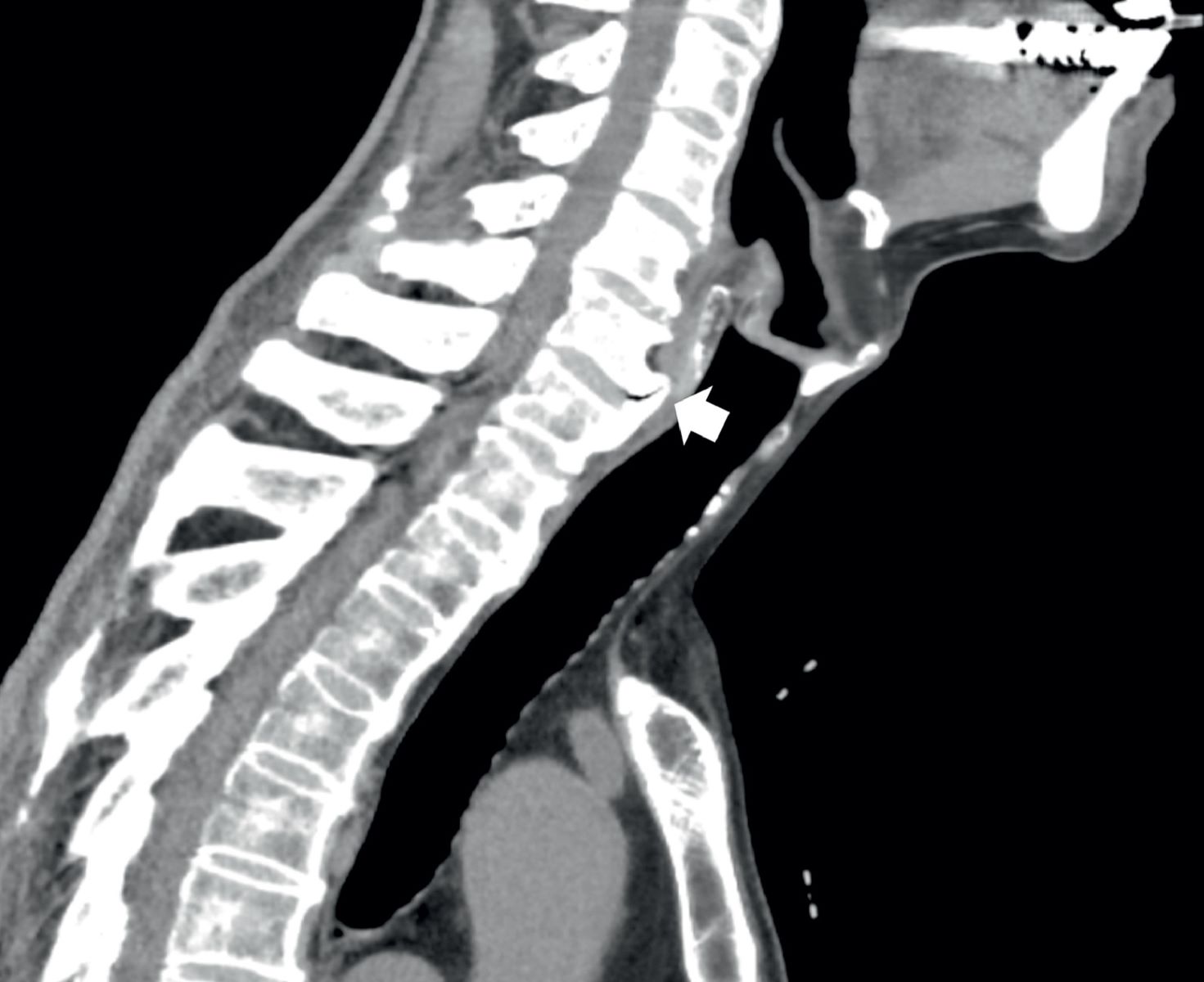
What is Diffuse Idiopathic Skeletal Hyperostosis (DISH)? It's a condition where your ligaments and tendons harden, turning into bone. This can make your spine stiff and painful. DISH mainly affects older adults, especially men. Symptoms might include back pain, stiffness, and trouble swallowing if the neck is involved. Unlike arthritis, DISH doesn't cause inflammation. Instead, it creates extra bone growth, which can be seen on X-rays. The exact cause is unknown, but factors like age, genetics, and certain medical conditions might play a role. Treatment focuses on managing symptoms through pain relief, physical therapy, and sometimes surgery.
Key Takeaways:
- DISH mainly affects older men and can cause stiffness and bone spurs. Diagnosis involves imaging tests and physical exams, and treatment includes therapy, medication, and lifestyle changes.
- Risk factors for DISH include obesity, diabetes, high blood pressure, and genetic factors. Living with DISH requires maintaining a healthy weight, staying active, and seeking support from doctors and support groups.
What is Diffuse Idiopathic Skeletal Hyperostosis (DISH)?
Diffuse Idiopathic Skeletal Hyperostosis, or DISH, is a condition where ligaments and tendons harden. This can cause stiffness and pain, mainly in the spine. Here are some interesting facts about DISH.
- DISH is also known as Forestier's disease.
- It mainly affects people over 50 years old.
- Men are more likely to get DISH than women.
- The exact cause of DISH is unknown.
- It is not the same as arthritis.
- DISH can lead to difficulty swallowing if it affects the neck.
- The condition can cause bone spurs to form.
- DISH often affects the thoracic spine.
- It can also affect the hips, knees, and shoulders.
- Symptoms can include stiffness, pain, and reduced range of motion.
How is DISH Diagnosed?
Diagnosing DISH involves several steps. Doctors use imaging tests and physical exams to identify the condition.
- X-rays are commonly used to diagnose DISH.
- MRI scans can provide more detailed images.
- CT scans can also be helpful.
- Blood tests are not usually needed for diagnosis.
- Doctors look for flowing calcifications along the spine.
- A physical exam can reveal reduced flexibility.
- Doctors may ask about symptoms and medical history.
- DISH can be mistaken for other conditions, like ankylosing spondylitis.
- Early diagnosis can help manage symptoms better.
- Regular check-ups are important for monitoring the condition.
What are the Risk Factors for DISH?
Certain factors can increase the risk of developing DISH. Understanding these can help in managing the condition.
- Obesity is a significant risk factor.
- Type 2 diabetes can increase the risk.
- High blood pressure is another risk factor.
- High cholesterol levels can contribute to DISH.
- Genetic factors may play a role.
- Long-term use of certain medications can increase risk.
- Physical inactivity can make symptoms worse.
- A diet high in animal fats may contribute to the condition.
- Smoking can increase the risk of developing DISH.
- Men are more likely to develop DISH than women.
How is DISH Treated?
While there is no cure for DISH, various treatments can help manage symptoms and improve quality of life.
- Physical therapy can improve flexibility and reduce pain.
- Pain relievers like NSAIDs can help manage symptoms.
- Corticosteroid injections can reduce inflammation.
- Surgery may be needed in severe cases.
- Weight loss can help reduce symptoms.
- Regular exercise is beneficial.
- Stretching exercises can improve flexibility.
- Heat therapy can relieve stiffness.
- Cold therapy can reduce inflammation.
- A balanced diet can support overall health.
Living with DISH
Living with DISH can be challenging, but certain lifestyle changes can make it easier.
- Maintaining a healthy weight is crucial.
- Staying active can help manage symptoms.
- Avoiding smoking can improve overall health.
- Regular check-ups with a doctor are important.
- Support groups can provide emotional support.
- Educating yourself about the condition can help in managing it.
- Using ergonomic furniture can reduce strain on the spine.
- Practicing good posture can help alleviate symptoms.
- Stress management techniques can improve quality of life.
- Staying positive and proactive can make a big difference.
Final Thoughts on Diffuse Idiopathic Skeletal Hyperostosis
Diffuse Idiopathic Skeletal Hyperostosis (DISH) might sound complex, but understanding it helps manage the condition better. This disorder causes abnormal bone growth along the spine and other areas, leading to stiffness and discomfort. While the exact cause remains unclear, factors like age, genetics, and certain metabolic conditions play a role. Symptoms often include back pain and reduced flexibility, but many people live with mild forms without realizing it.
Diagnosis typically involves imaging tests like X-rays or MRIs. Treatment focuses on managing symptoms through physical therapy, medications, and sometimes surgery. Lifestyle changes, such as maintaining a healthy weight and staying active, can also make a big difference.
Knowing these facts empowers you to seek appropriate care and make informed decisions. Stay proactive about your health, and consult healthcare professionals if you suspect DISH. Knowledge truly is power when dealing with this condition.
Frequently Asked Questions
Was this page helpful?
Our commitment to delivering trustworthy and engaging content is at the heart of what we do. Each fact on our site is contributed by real users like you, bringing a wealth of diverse insights and information. To ensure the highest standards of accuracy and reliability, our dedicated editors meticulously review each submission. This process guarantees that the facts we share are not only fascinating but also credible. Trust in our commitment to quality and authenticity as you explore and learn with us.


